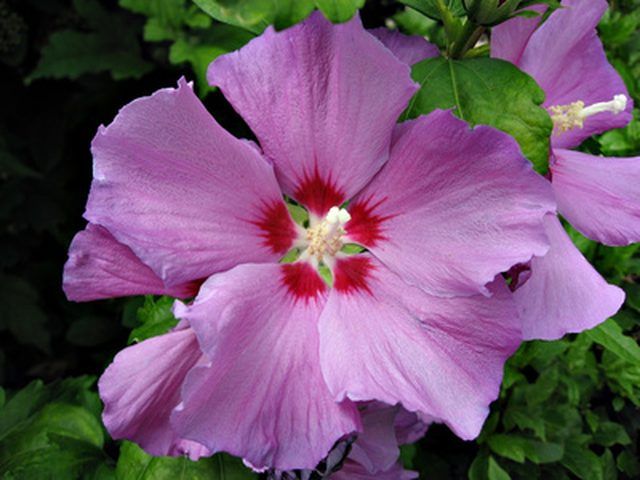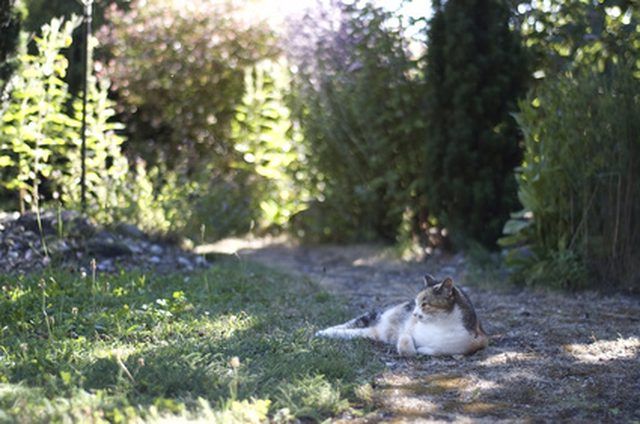Bulbs
Flower Basics
Flower Beds & Specialty Gardens
Flower Garden
Garden Furniture
Garden Gnomes
Garden Seeds
Garden Sheds
Garden Statues
Garden Tools & Supplies
Gardening Basics
Green & Organic
Groundcovers & Vines
Growing Annuals
Growing Basil
Growing Beans
Growing Berries
Growing Blueberries
Growing Cactus
Growing Corn
Growing Cotton
Growing Edibles
Growing Flowers
Growing Garlic
Growing Grapes
Growing Grass
Growing Herbs
Growing Jasmine
Growing Mint
Growing Mushrooms
Orchids
Growing Peanuts
Growing Perennials
Growing Plants
Growing Rosemary
Growing Roses
Growing Strawberries
Growing Sunflowers
Growing Thyme
Growing Tomatoes
Growing Tulips
Growing Vegetables
Herb Basics
Herb Garden
Indoor Growing
Landscaping Basics
Landscaping Patios
Landscaping Plants
Landscaping Shrubs
Landscaping Trees
Landscaping Walks & Pathways
Lawn Basics
Lawn Maintenance
Lawn Mowers
Lawn Ornaments
Lawn Planting
Lawn Tools
Outdoor Growing
Overall Landscape Planning
Pests, Weeds & Problems
Plant Basics
Rock Garden
Rose Garden
Shrubs
Soil
Specialty Gardens
Trees
Vegetable Garden
Yard Maintenance
Rose of Sharon Toxicity
Rose of Sharon Toxicity. The Rose of Sharon is a flowering shrub that can brighten a garden, but it may also cause problems for pets. Known scientifically as Hibiscus syriacus, the Rose of Sharon shrub originated in Asia and is now found widely in many gardens across the United States. The flowers of this tree are known to cause worrisome, but not...

The Rose of Sharon is a flowering shrub that can brighten a garden, but it may also cause problems for pets. Known scientifically as Hibiscus syriacus, the Rose of Sharon shrub originated in Asia and is now found widely in many gardens across the United States. The flowers of this tree are known to cause worrisome, but not fatal, reactions when eaten by cats and other domesticated animals.
Identification
The Rose of Sharon grows to the height of 8 to 12 feet and has a spread of 4 to 6 feet. The shrub blooms at the end of the summer, typically during the months of August and September. The blooms may be pink, red, lavender, white or light blue. The flowers are approximately 4 inches wide and are either single or double. The Rose of Sharon has a sturdy tree-like trunk and leaves that are about 3 inches wide and bright green in color.
Which Animals are at Risk?
The Rose of Sharon is a toxic plant according to the ASPCA. The animals that are the most likely to be effected by the toxins in the Rose of Sharon are cats, dogs and horses. It is thought that the flowers have a pleasant taste and are especially tempting to dogs.

Symptoms
Animals that eat Rose of Sharon often vomit, experience diarrhea and nausea. Irritation of the throat and mouth can occur in animals that ingest the plant. This shrub is not deadly and almost all of the animals that eat the flowers or leaves of the Rose of Sharon do not require veterinary care. The toxin responsible for causing illness is unknown.
What To Do
If a pet has consumed Rose of Sharon blossoms or leaves, the owner should keep an eye on the animal for serious reactions. A single incident of vomiting or diarrhea is not a cause for alarm. The animal's system is simply trying to get rid of the offending contents. However, if the animal continues to vomit for more than 12 hours or if blood is spotted in the pet's stool, contact a vet immediately. This may be a sign of a more serious problem that requires immediate attention.
Prevention
The easiest way to avoid potential illness caused by animals consuming the Rose of Sharon flowers is to refrain from planting it or by removing the shrub all together if it is found growing on your property. Keeping this plant pruned so that the branches are out of reach of animals is strongly suggested. Promptly raking up any fallen buds, blossoms or leaves can help to avoid illness in pets as well. Remember to get permission from neighbors before cutting any foliage that originates from their yard.